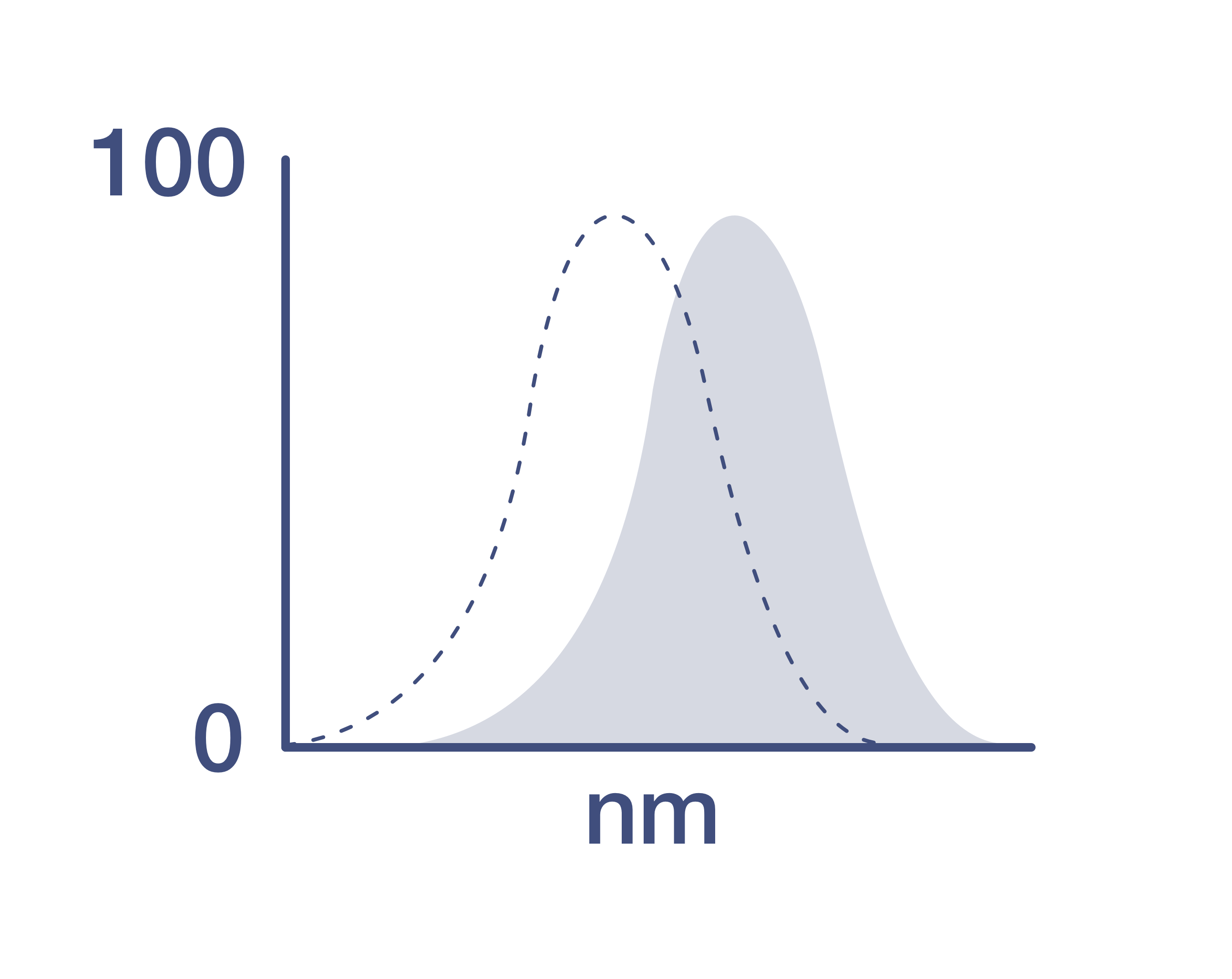Search Thermo Fisher Scientific
Invitrogen
IkB zeta Monoclonal Antibody (LK2NAP), PerCP-eFluor™ 710, eBioscience™
FIGURE: 1 / 1
IkB zeta Antibody (46-6801-82) in Flow

Product Details
46-6801-82
Species Reactivity
Host/Isotype
Recommended Isotype Control
Class
Type
Clone
Conjugate
Excitation/Emission Max
Form
Concentration
Purification
Storage buffer
Contains
Storage conditions
Shipping conditions
RRID
Product Specific Information
Description: The LK2NAP monoclonal antibody reacts with mouse IkB zeta (INAP, MAIL). IkBz is a member of the IkB family of cytoplasmic proteins and transcription factors and also shares structural homology with Bcl-3. It is induced in monocytes, macrophages and B cells in response to TLR and IL-1R signaling. In NK cells, IkBz is rapidly upregulated in response to IL-12 and IL-18 and is necessary for production of IFN gamma. In T cells, IkBz is not necessary for IFN gamma and IL-4 production by Th1 and Th2 cells, respectively. However in Th17 cells, IkBz acts in concert with RORa and RORgt to upregulate IL-17A, IL-17F, IL-21, IL-22 and IL-23R expression.
Applications Reported: This LK2NAP antibody has been reported for use in intracellular staining followed by flow cytometric analysis.
Applications Tested: This LK2NAP antibody has been tested by intracellular staining and flow cytometric analysis of LPS-activated mouse splenocytes using the Foxp3/Transcription Factor Staining Buffer Set (Product # 00-5523-00) and protocol. This can be used at less than or equal to 0.125 µg per test. A test is defined as the amount (µg) of antibody that will stain a cell sample in a final volume of 100 µL. Cell number should be determined empirically but can range from 10^5 to 10^8 cells/test. It is recommended that the antibody be carefully titrated for optimal performance in the assay of interest.
PerCP-eFluor® 710 can be used in place of PE-Cy5, PE-Cy5.5 or PerCP-Cy5.5. PerCP-eFluor® 710 emits at 710 nm and is excited with the blue laser (488 nm). Please make sure that your instrument is capable of detecting this fluorochrome. For a filter configuration, we recommend using the 685 LP dichroic mirror and 710/40 band pass filter, however the 695/40 band pass filter is an acceptable alternative.
Our testing indicates that PerCP-eFluor® 710 conjugated antibodies are stable when stained samples are exposed to freshly prepared 2% formaldehyde overnight at 4°C, but please evaluate for alternative fixation protocols.
Excitation: 488 nm; Emission: 710 nm; Laser: Blue Laser.
Filtration: 0.2 µm post-manufacturing filtered.
Target Information
I-kappa-B-zeta (also known as MAIL and INAP) is an ankyrin-repeat-containing nuclear protein that is highly homologous to the IkappaB family member Bcl-3. Transcription of IkappaBzeta is upregulated by stimulation with TLR ligands, IL-1 and IL-6 in cultured B-lymphocytes and monocytes/macrophages, but only faintly so in T-lymphocytes, fibroblasts, and endothelial cells. IkappaB-zeta preferentially associates with the NF-kappaB subunit p50 rather than p65 and recombinant IkappaB-zeta proteins inhibit the DNA binding of the p65/p50 heterodimer and the p50/p50 homodimer.
For Research Use Only. Not for use in diagnostic procedures. Not for resale without express authorization.
How to use the Panel Builder
Watch the video to learn how to use the Invitrogen Flow Cytometry Panel Builder to build your next flow cytometry panel in 5 easy steps.
References (0)
Bioinformatics
Protein Aliases: FLJ30225; FLJ34463; I-kappa-B-zeta; IkappaB-zeta; ikappaBzeta; IkB-zeta; IL-1 inducible nuclear ankyrin-repeat protein; INAP; MAIL; Molecule possessing ankyrin repeats induced by lipopolysaccharide; molecule possessing ankyrin-repeats induced by lipopolysaccharide; NF-kappa-B inhibitor zeta; nuclear factor of kappa light polypeptide gene enhancer in B-cells inhibitor, zeta; OTTHUMP00000214340
Gene Aliases: AA408868; INAP; Mail; Nfkbiz
UniProt ID: (Mouse) Q9EST8
Entrez Gene ID: (Mouse) 80859

Performance Guarantee
If an Invitrogen™ antibody doesn't perform as described on our website or datasheet,we'll replace the product at no cost to you, or provide you with a credit for a future purchase.*
Learn more
We're here to help
Get expert recommendations for common problems or connect directly with an on staff expert for technical assistance related to applications, equipment and general product use.
Contact tech support

